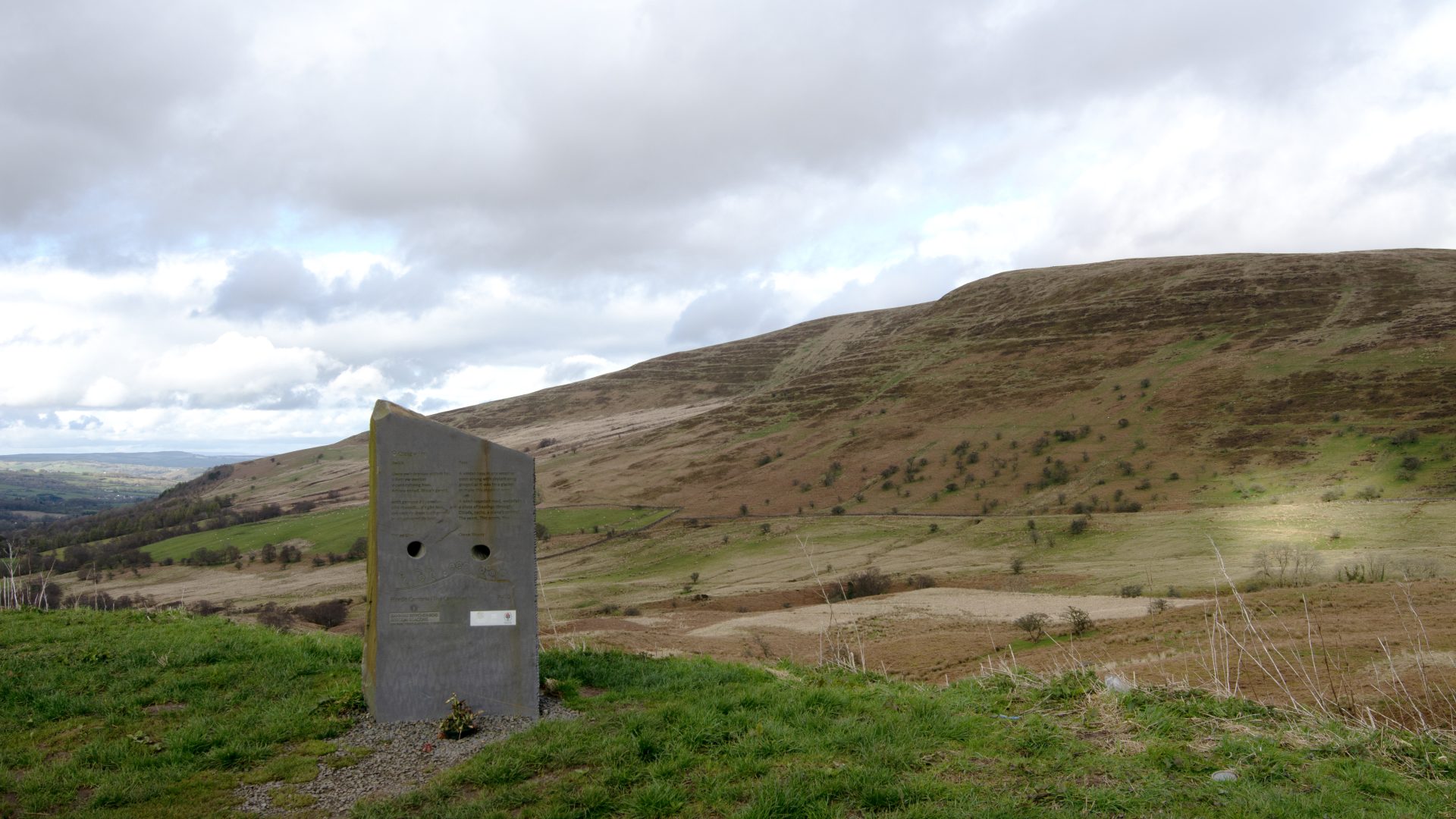
Bannau Brycheiniog Launches New Management Plan
Bannau Brycheiniog’s recent punchy promotional video featuring the typically charismatic Welsh tones of Michael Sheen delivering Owen Sheers’ rousing words of aspiration launched the National Park’s new 5-year Management Plan.
Since then, the launch has received quite the fervent response. Although largely warmly received here in Wales, from the BBC Breakfast show to the front page of the Telegraph, many wanted to narrowly focus on the formal adoption of the original Welsh name for the National Park rather than take the time to examine the plan itself.
We whole-heartedly support the change in name as part of the National Park’s fundamental purpose of protecting the cultural heritage and language within the Park, but it was peeling back the layers of the Management Plan which motivated us most after seeing an innovative approach taken to the consultation and design of the plan over the last few years.
Taking a ‘radical’ approach
Through a Citizen’s Assembly approach and the adoption of Kate Raworth’s progressive Doughnut Economics model we are pleased to see the scale of the challenge ahead recognised and we welcome the plan’s self-prescribed “radical shift” focused on the National Park as a “holistic system under extreme stress.”
Aligning with Welsh Government’s Well-being of Future Generations objectives, the Doughnut model highlights that the park is experiencing a shortfall across its “social foundation duty” to “foster the economic and social wellbeing of communities in the National Park.” Transport and housing being notable shortfalls within the park.
The model also highlights numerous overshoots in the Park’s ecological ceiling. Biodiversity loss, nitrogen and phosphates and climate change being the biggest challenges identified by the National Park Authority (NPA) as needing to change most. The approach taken by the NPA to contextualise these problems and clearly lay them out should be commended and replicated across other National Parks.
Big changes still needed
Over 300-odd pages – which includes plenty of honest assessment – this Management Plan also sets out a high level of ambition which fills you with a sense of optimistic hope. Delivery is of course more complex. Currently only 5 of the 16 landscape types present in the park are in good condition; only 10% of SSSIs within the park are in appropriate management, and 56% of SACs are in unfavourable condition.
In terms of species there has been a 30% decline in farmland birds between 1994 and 2018 and 8 red list species have declined by more than 50%. The Usk river catchment area is failing for phosphorus concentrations in 88% of the SAC and the River Wye sits at 67%.
Although the Management Plan states that it is “focused on articulating objectives and outcomes and not centred on the ‘how’ of delivery,” it is the ‘how’ which still needs greater definition in this plan. Previously we have called for specific, quantifiable, and time-bound targets to be set in the Management Plan and this plan fails to give many specific targets in favour of general summaries of ambition or alignment with broad objectives.
For example, “the number of each flagship species increases”, or “100% of waterbodies in riverine SACs falling within the NPA meeting JNCC targets for Nitrogen and Phosphates” are left without time-bound targets. The ‘how’ is broadly left to 7 strategic plans which are in varying states of preparedness. All of these will be essential in fleshing out the day-to-day delivery of ambition to change everything from the decline in nature to the affordability of housing and improving support for under-represented communities.
The ambition outlined in the plan is fantastic, but delivery matters, and when budgets are looking like they are flat-lining, these are HUGE challenges. Whilst ministerial warm words are helpful, there is certainly a need for much greater resource to help affect this change, and perhaps missing from the management plan is an honest assessment of the resource and financial gaps which lay ahead when considering how to deliver such high expectations in a such a short timeframe.
Campaigning for change
At Campaign for National Parks we will keep campaigning for the funding, resource and legislation to help meet the ambitions set out in this plan. It’s very hard to see how the Bannau Brycheiniog NPA can truly deliver on its ambitions without all levers being pulled at the same time. In Wales and England we want to see new purposes and powers for NPAs to drive positive change for nature, climate and people’s access, as well as enforcing a stronger duty of regard on public bodies, such as National Highways and water companies.
This requires a collective will and determination and whilst this plan galvanises a strong sense of direction, there is more work to be done to ensure that this is more than spirited words in a slick promotional video.
